"I love working for someone else" said hardly anyone ever. Being a full time travel blogger is better than most jobs, probably including yours. In this guide, I explain how to start a travel blog and make money. This guide isn’t a long sales letter or just me showing off – no, I provide clear and actionable advice that I want you to use to start a travel blog and make money.
But let me guess, you are sceptical? Maybe you’re sitting at your laptop or reading your phone on the train, and you don’t really believe me, do you? You don’t really think you will have a travel blog that makes money, do you? Well maybe you could …
I created this 4 week guide for people exactly like you – people that want to write a travel blog but don’t know where to start. I will demystify the process of setting up a travel blog. Spoiler Alert: It’s easier and cheaper that you think!
I will guide you step by step through the following:
-
Choosing your blog niche and name
-
How to make money from your website
-
How to buy a domain
-
The different ways to design your website
-
Some ninja techniques to find out what content your target market wants
-
Keyword research and how to get your articles to rank on Google
-
How to market your blog on social media, and create a following
The tools I have recommend in this article are either free or low cost. Long story short, in 4 weeks you will have a travel blog, for a couple of hundred dollars. Pretty Cool?! I truly believe that this guide is the best free guide of its type on the internet – if you find a better one then send it to me.. Seriously send it me - it would be a great read!
I will show you how to start from an audience of 0, and how to create a following in a short space of time. I will show you how to create this traffic organically, without using paid advertising or buying Twitter followers.
So why am I doing this? My name in
Vin.G, and I spent 15 years in different Investment Banking jobs that I didn’t enjoy very much. Like so many people, I didn’t find my work interesting, and wasn’t appreciated by my bosses. I loved writing and I loved traveling, but didn’t know how to create my travel blog. I consumed vast quantities of information from other travel blogs, but was none the wiser about how to start a travel blog myself. In the end I just decided to let go of my fears, and get the job done. I found that setting up this blog was easier and more fun than I ever imagined!
And why am I writing this guide? I wrote this blog for the simple reason, that I think people want to read it! I think this is an awesome guide, and that by writing it I will get my message out there and help people to achieve their dreams.
But there is another reason too… I am kinda pissed at all these travel blogs that simply rip off each other’s content and just post articles boasting about how great they are. I won’t mention names, but if you read travel blogs, you will know what I’m talking about! I truly believe that the best way to grow your brand in the long term, is to provide value and content to your audience – and that is what I am doing here.


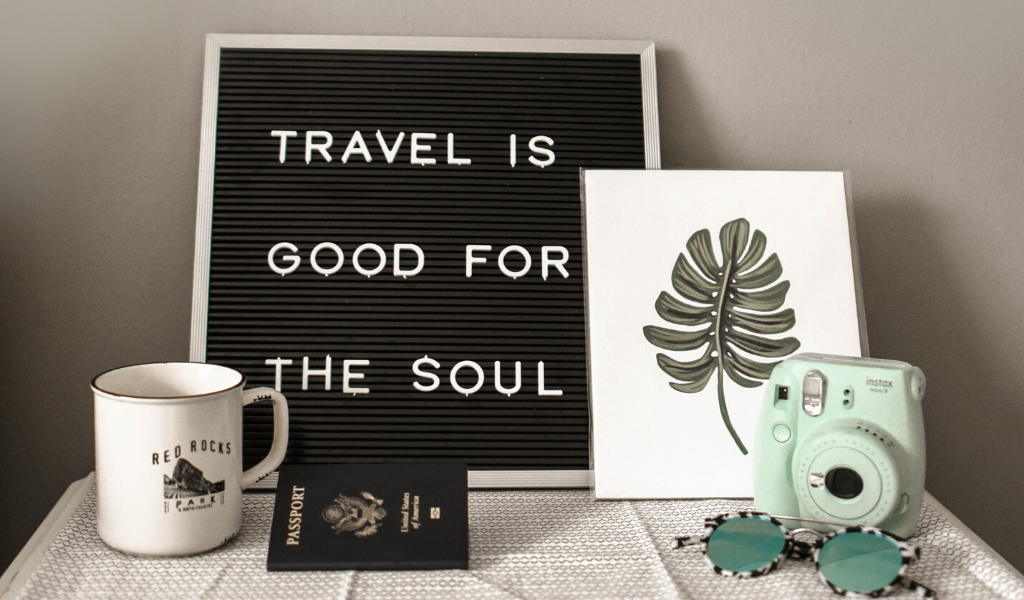


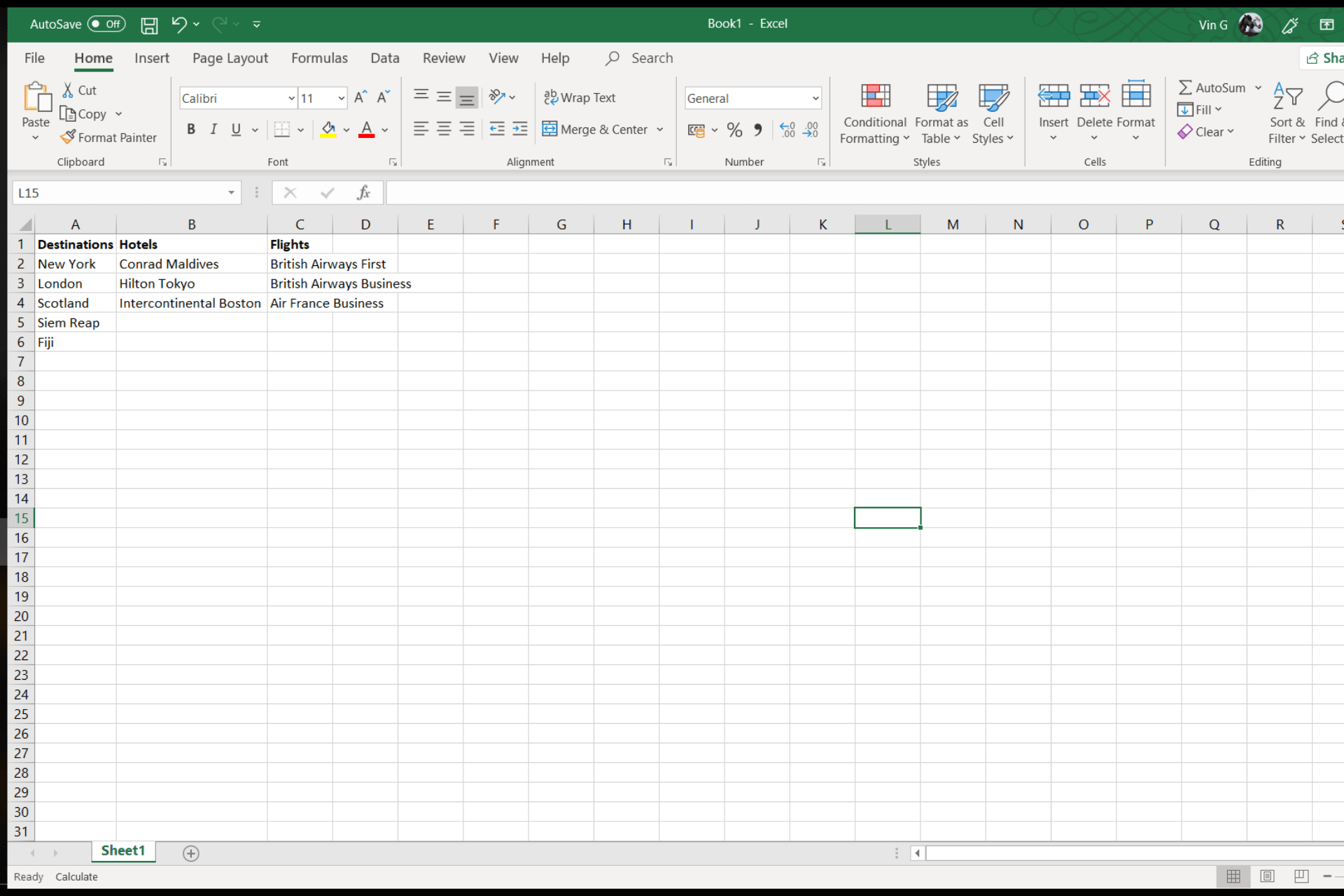

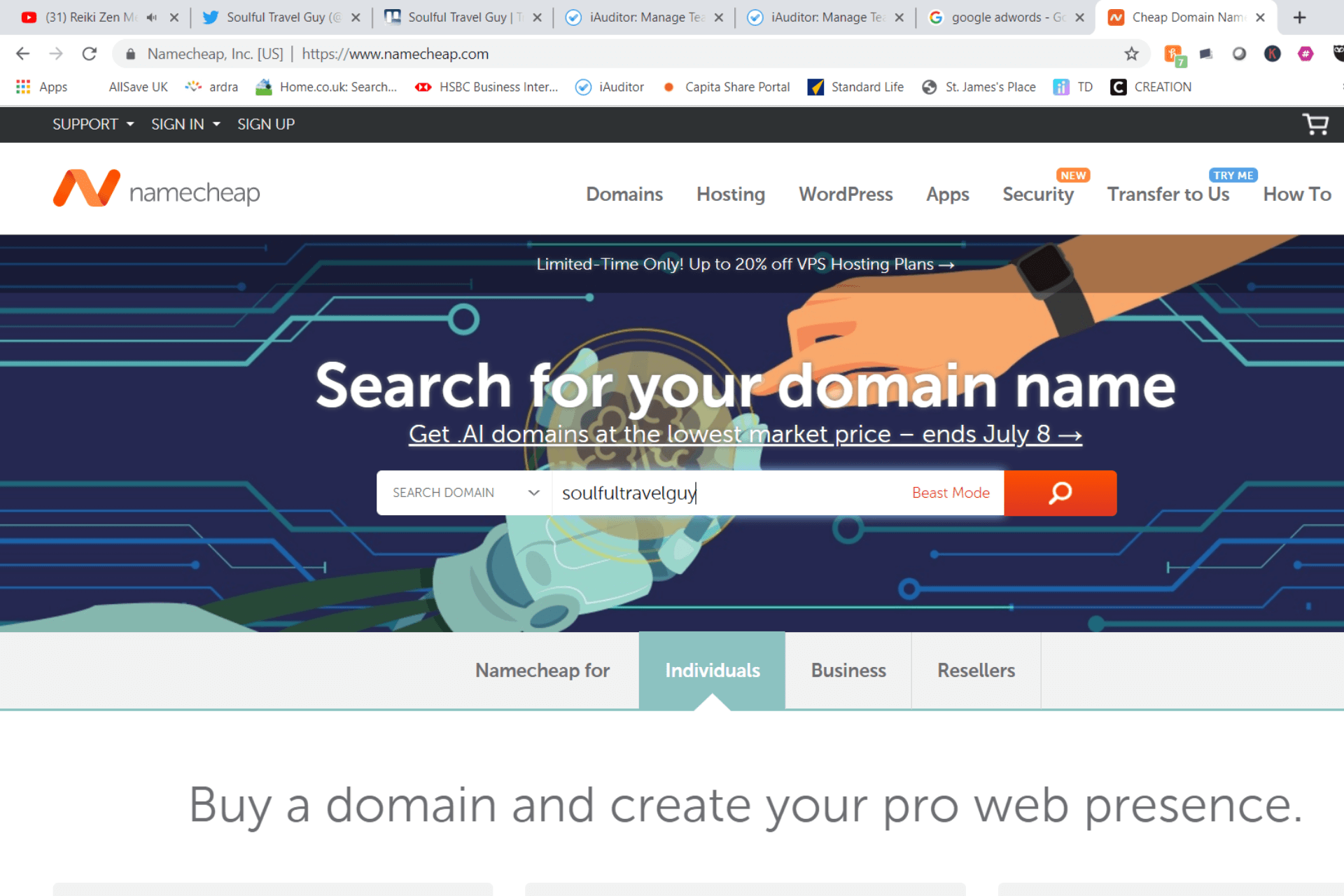
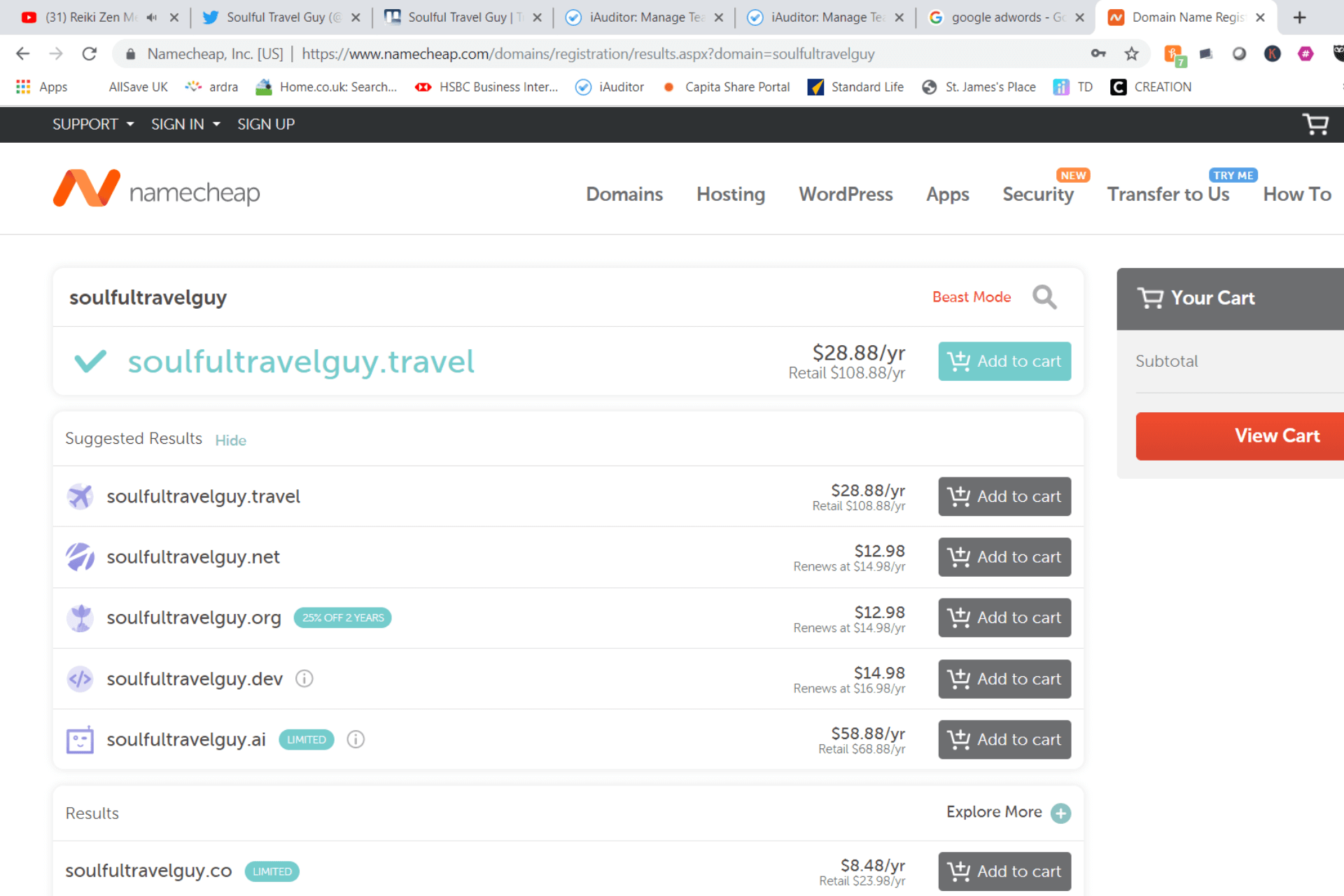

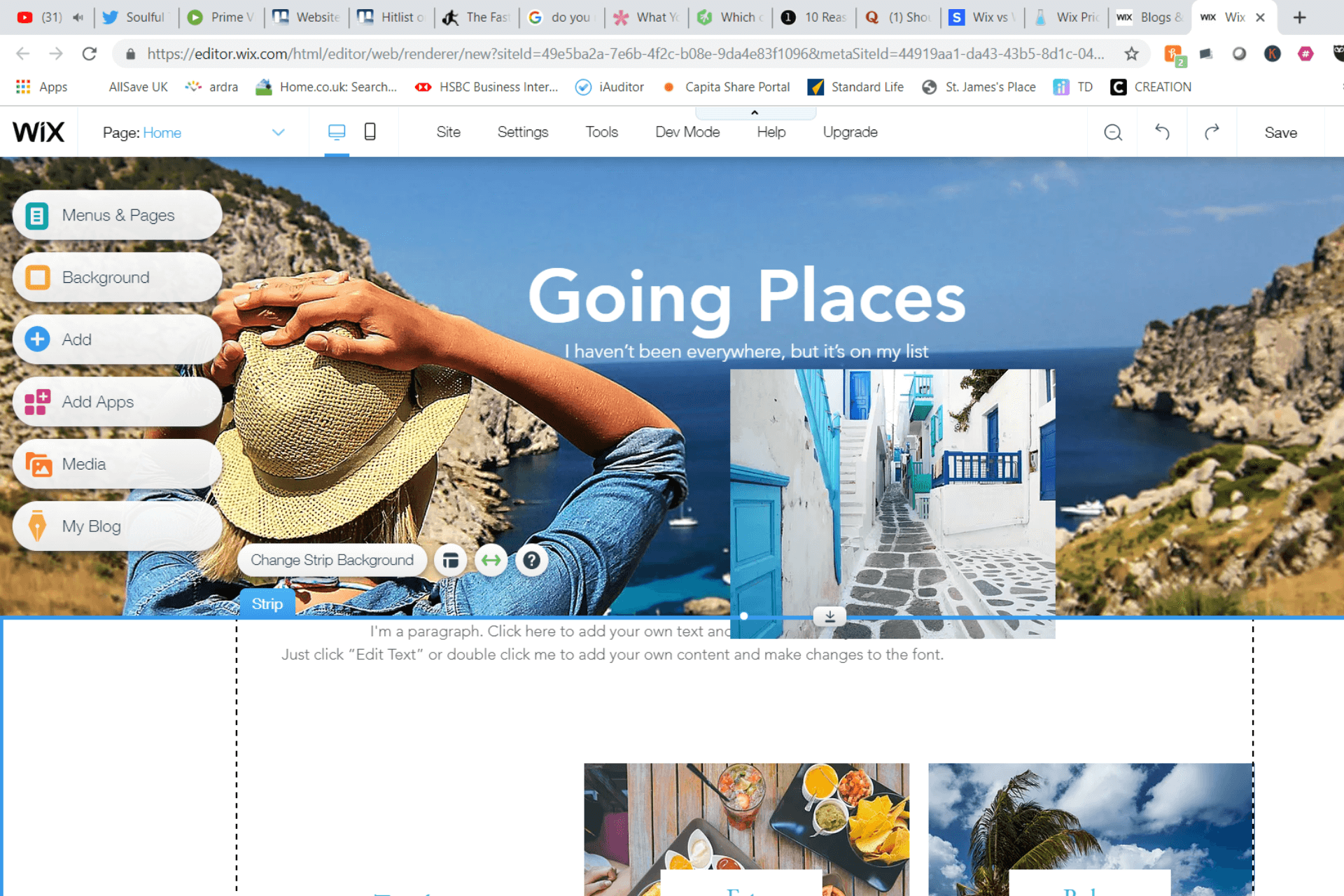

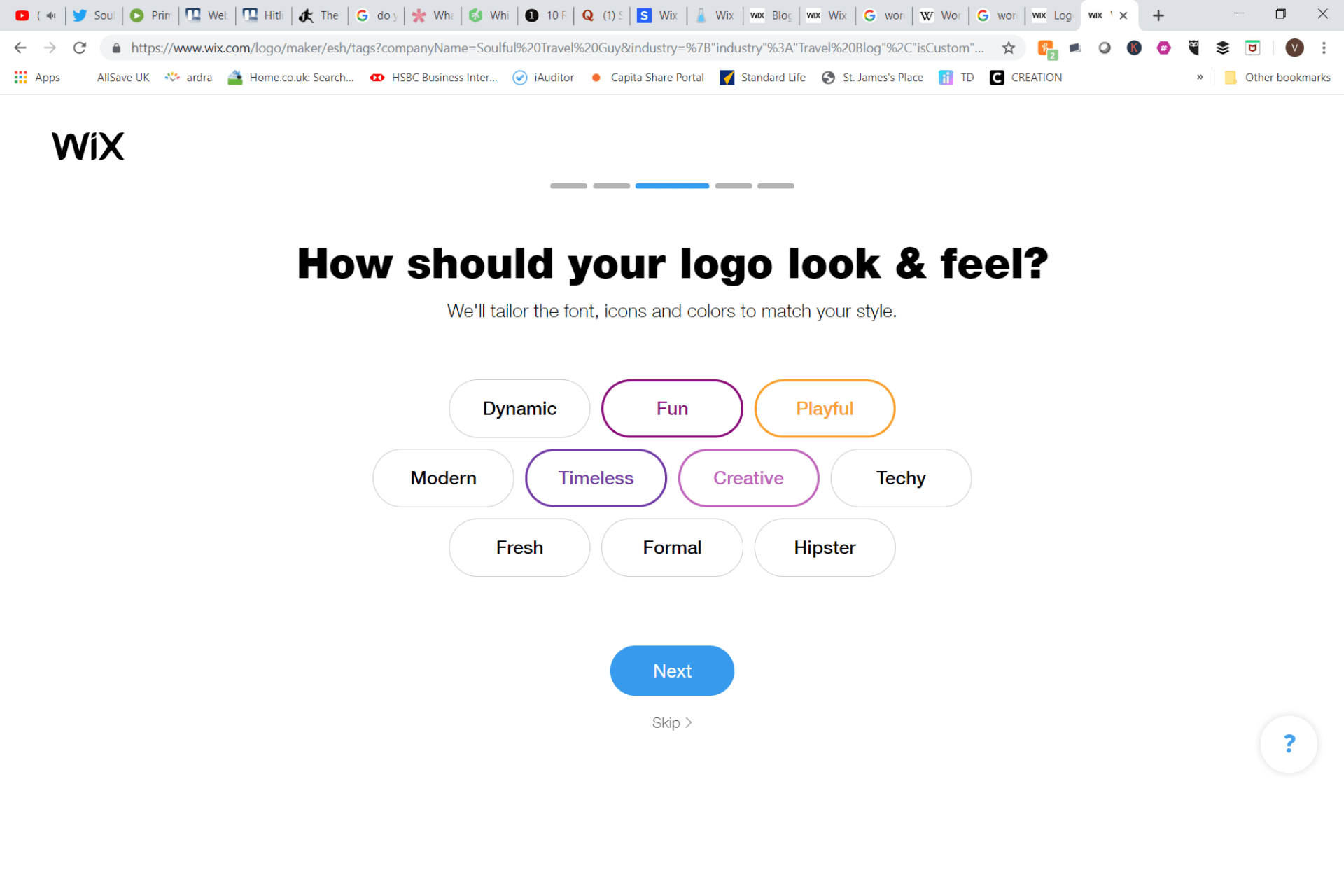
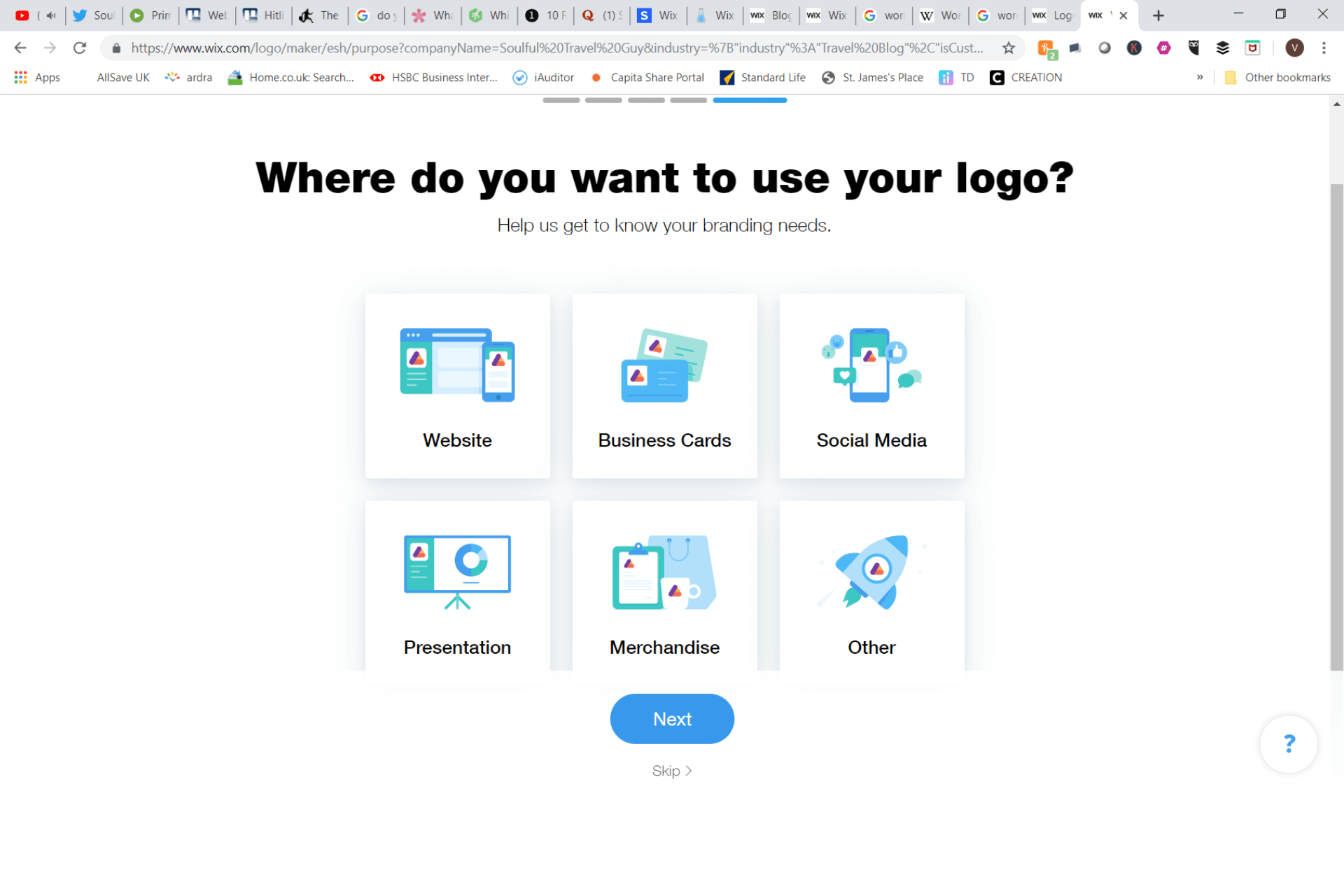
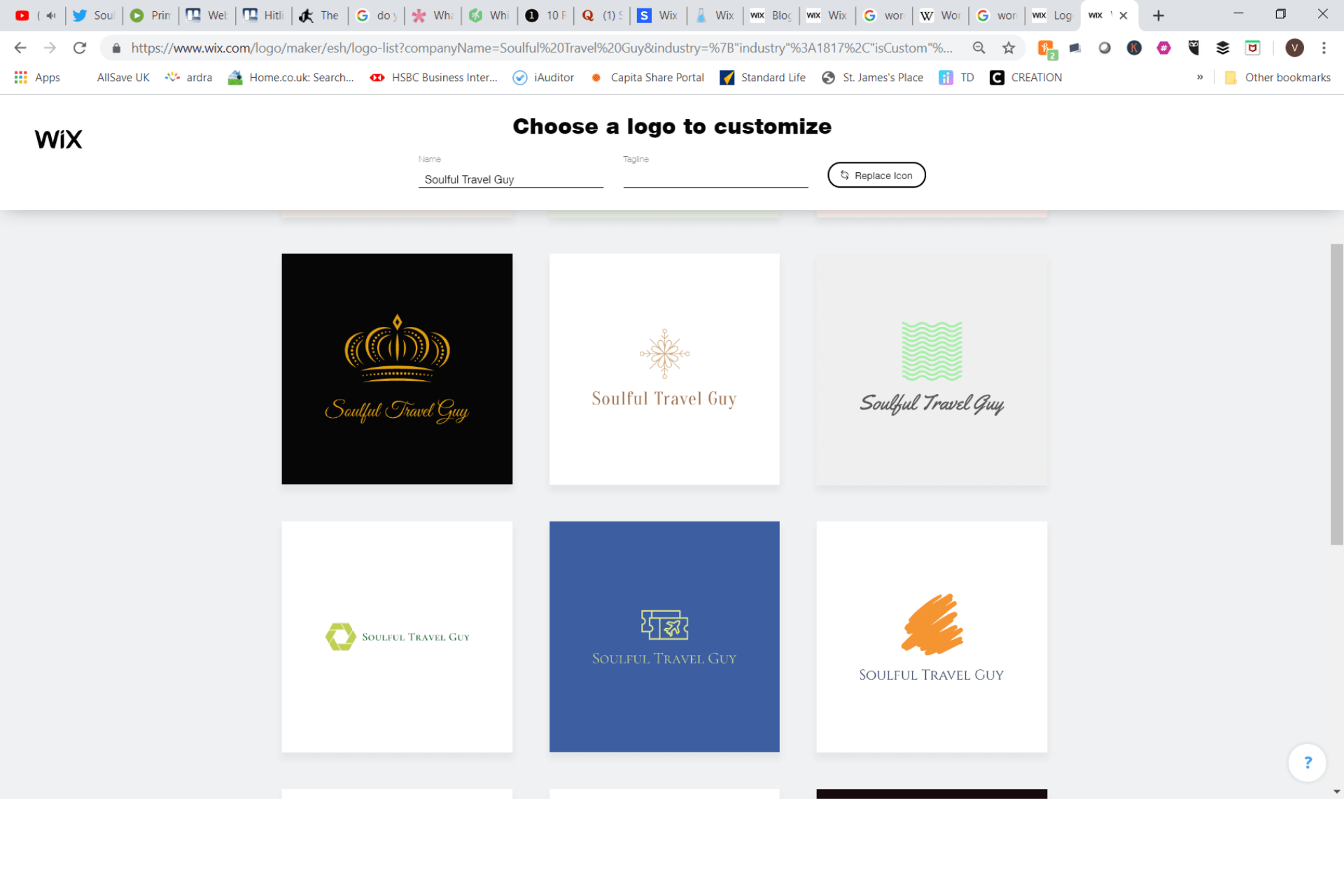
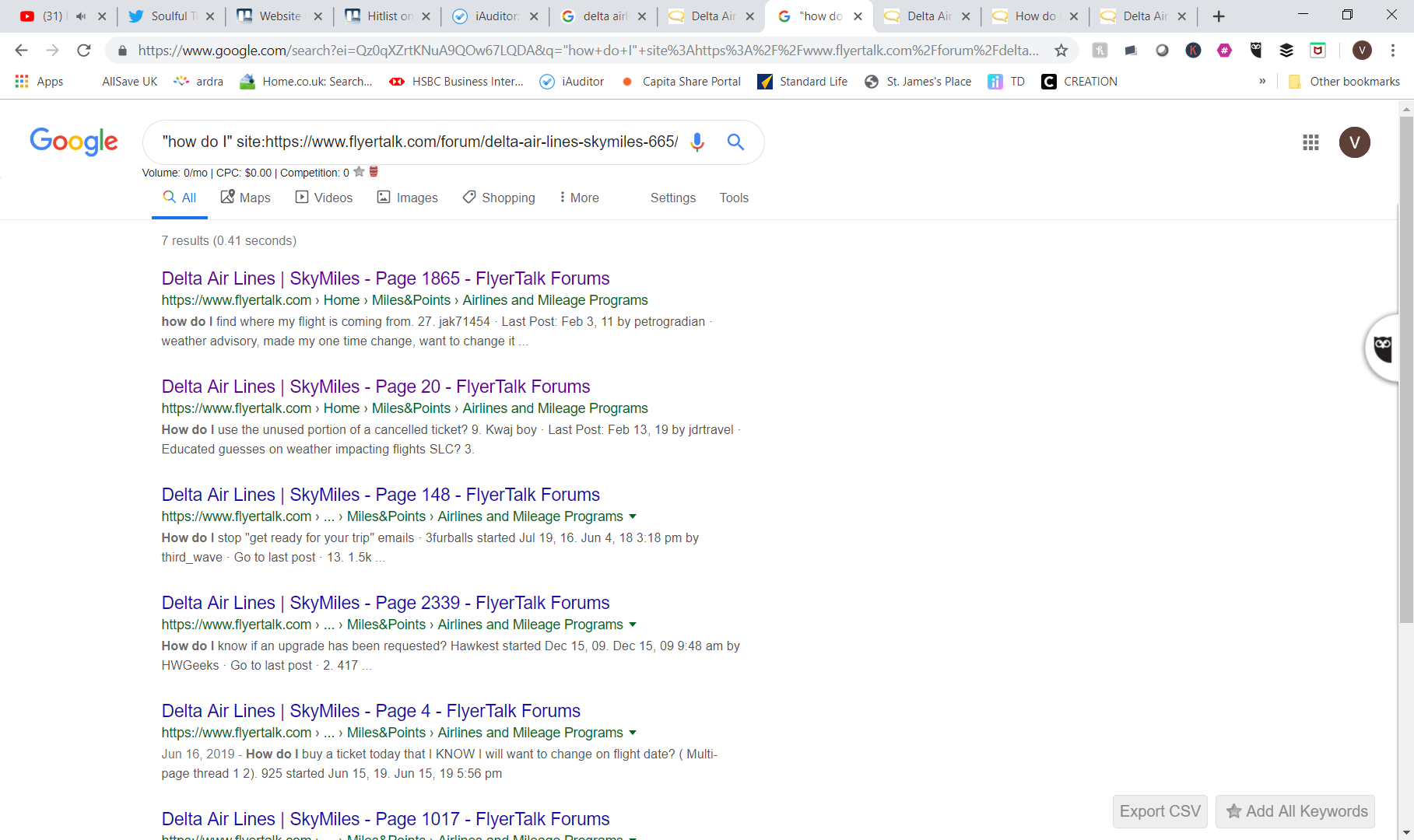
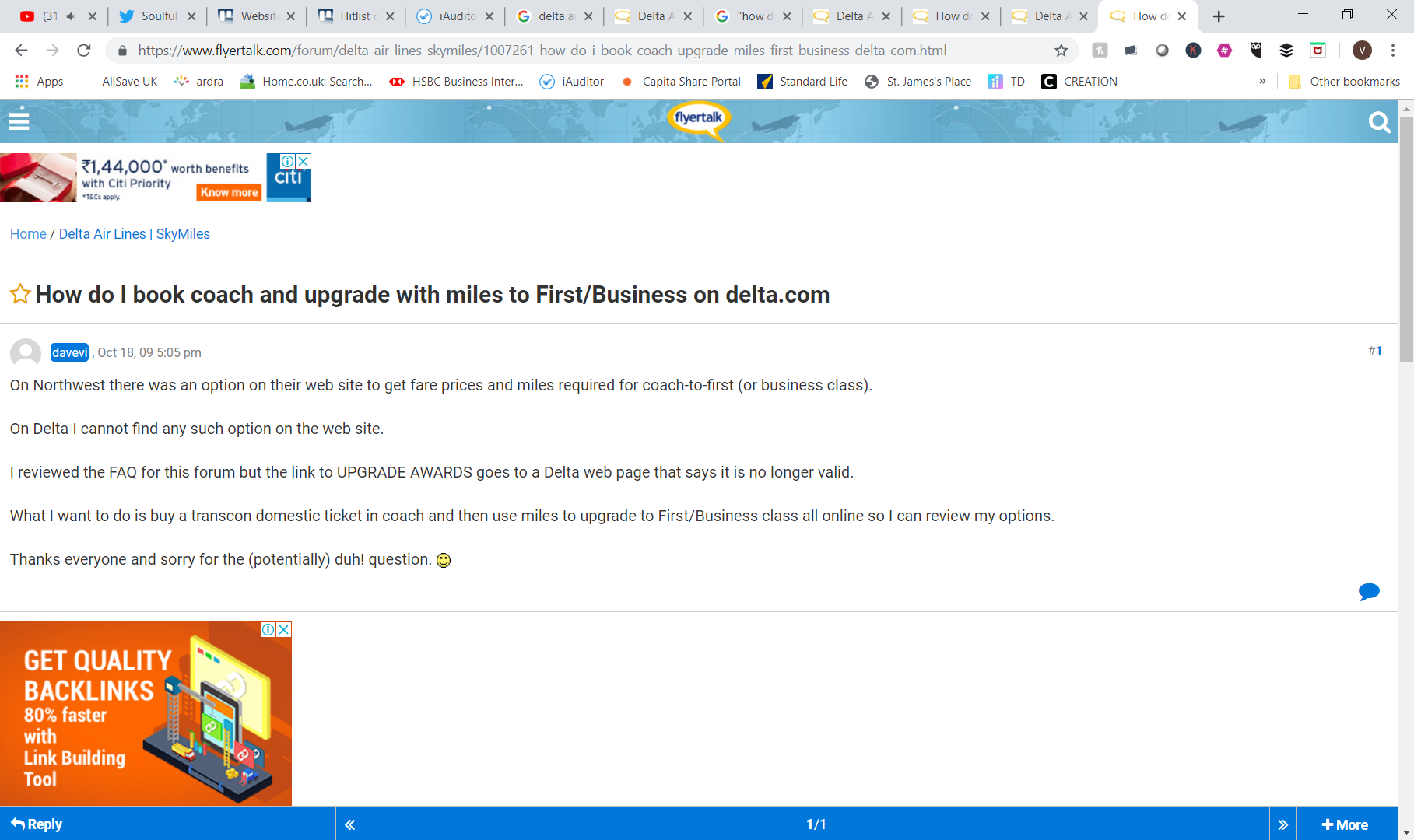
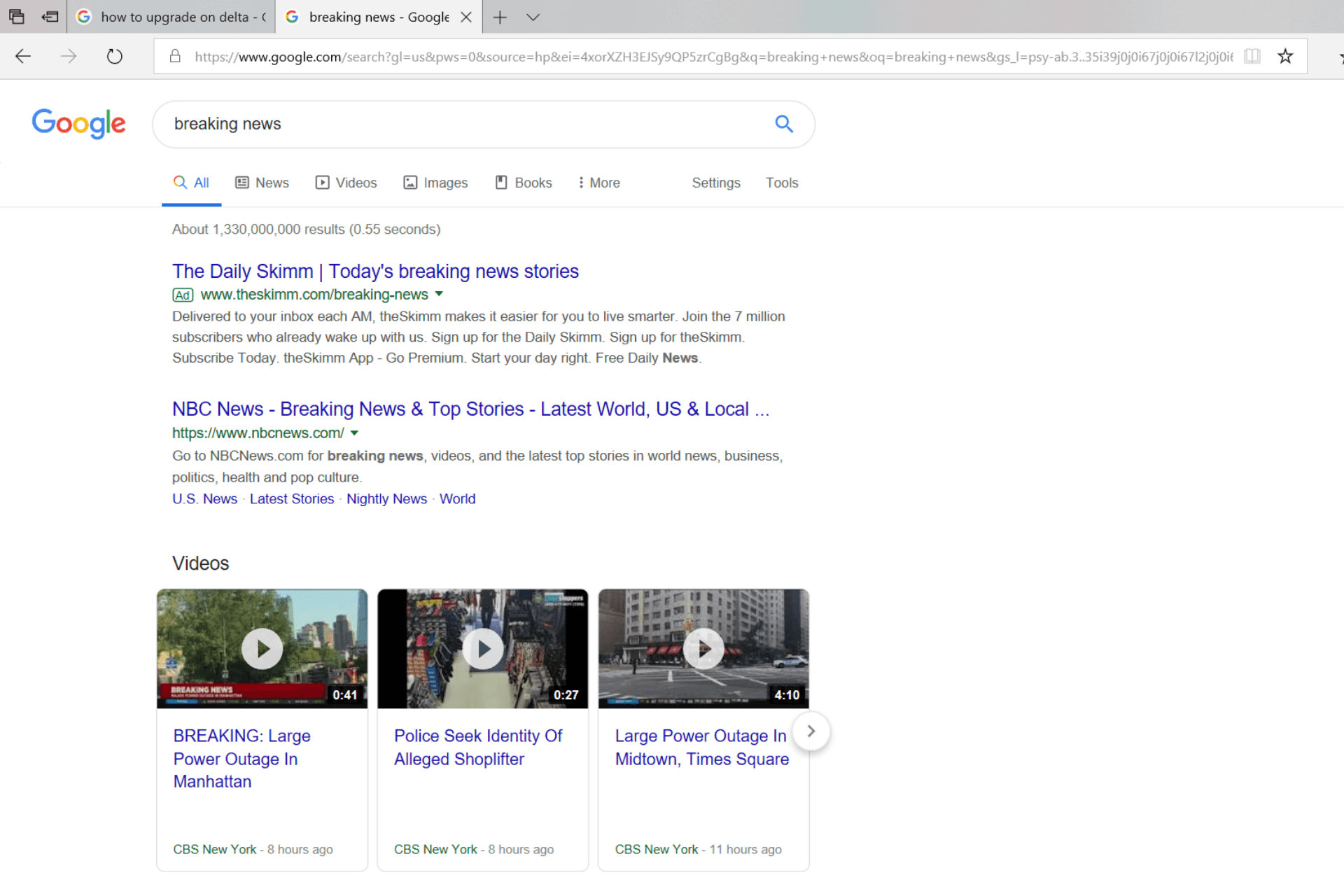
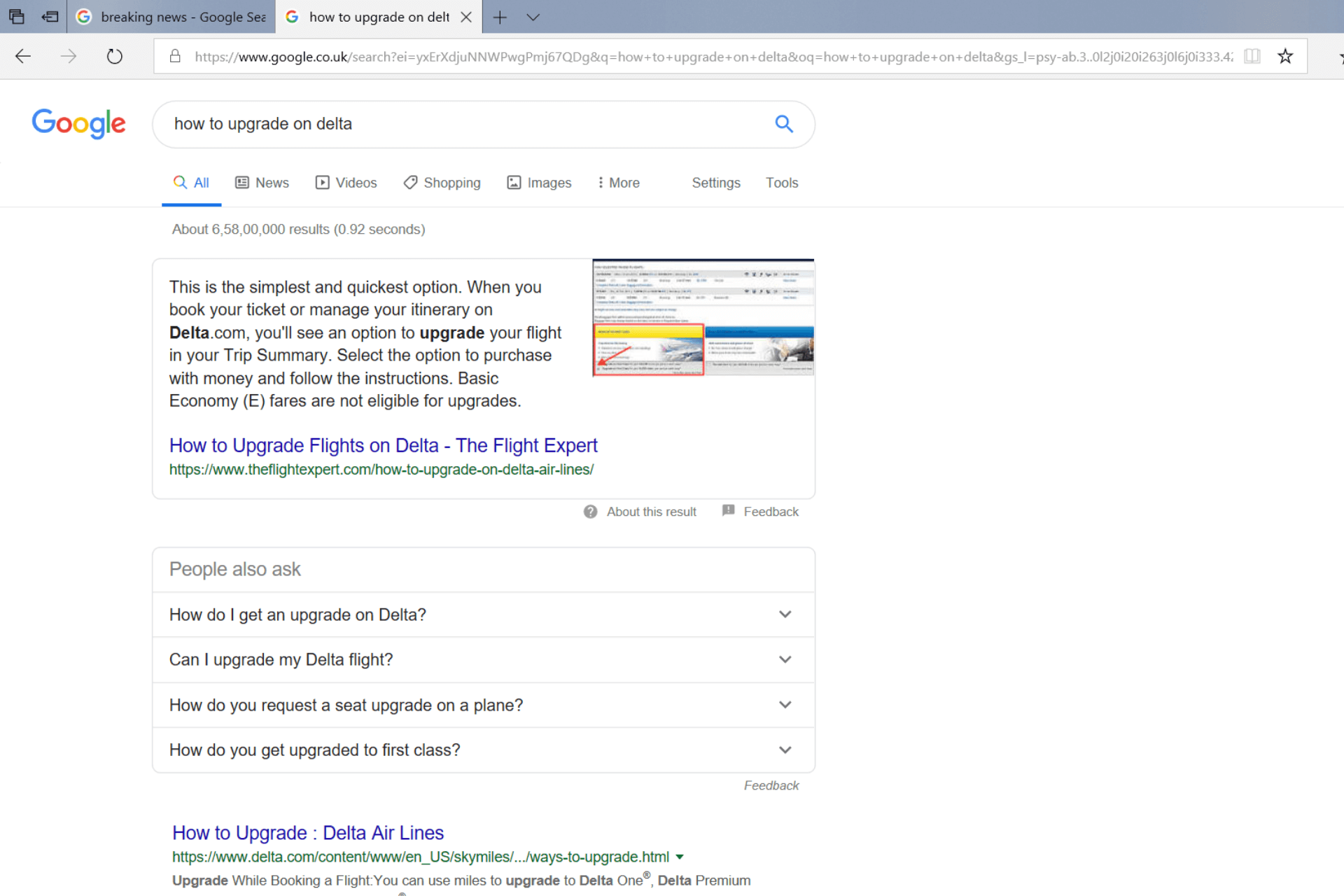
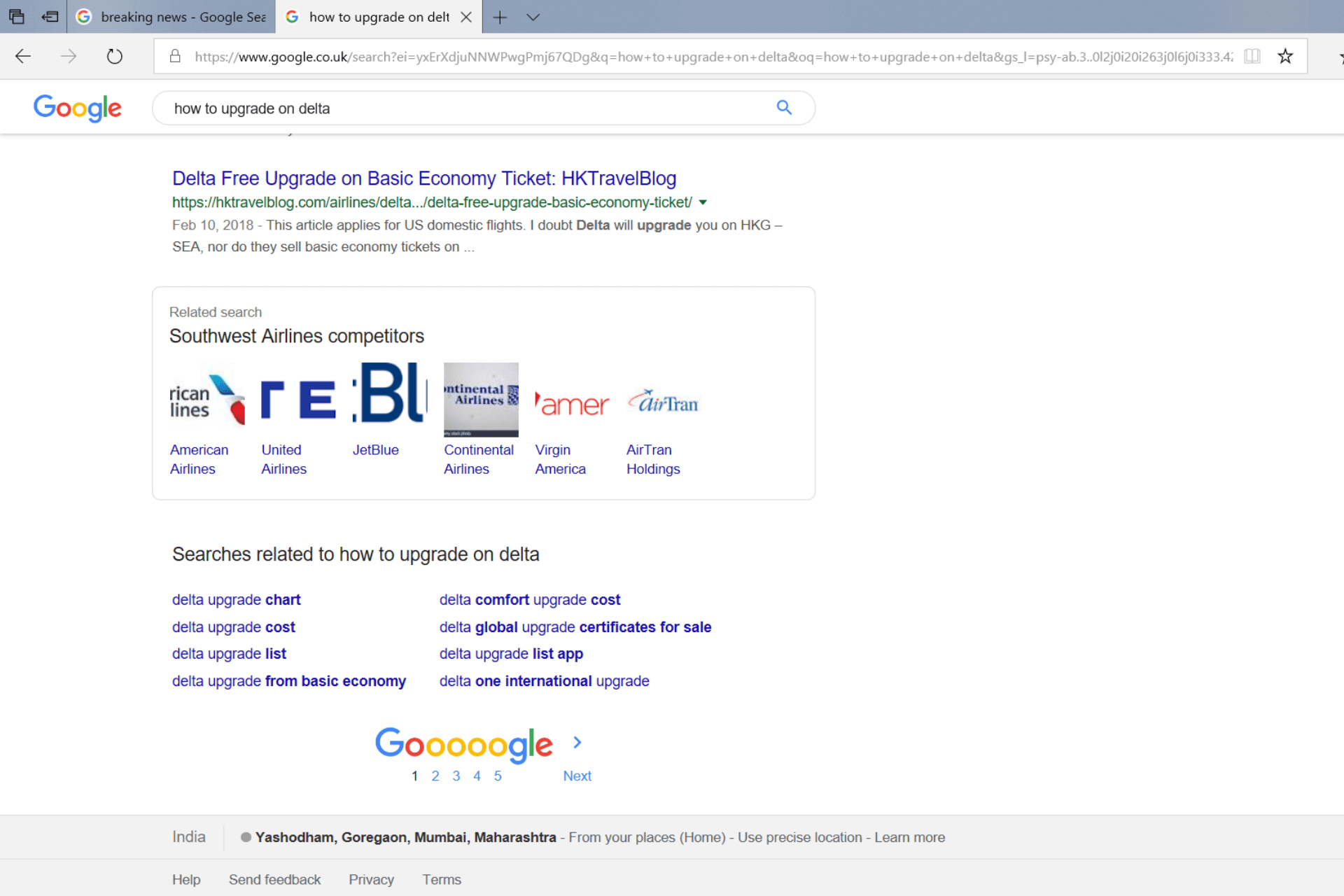
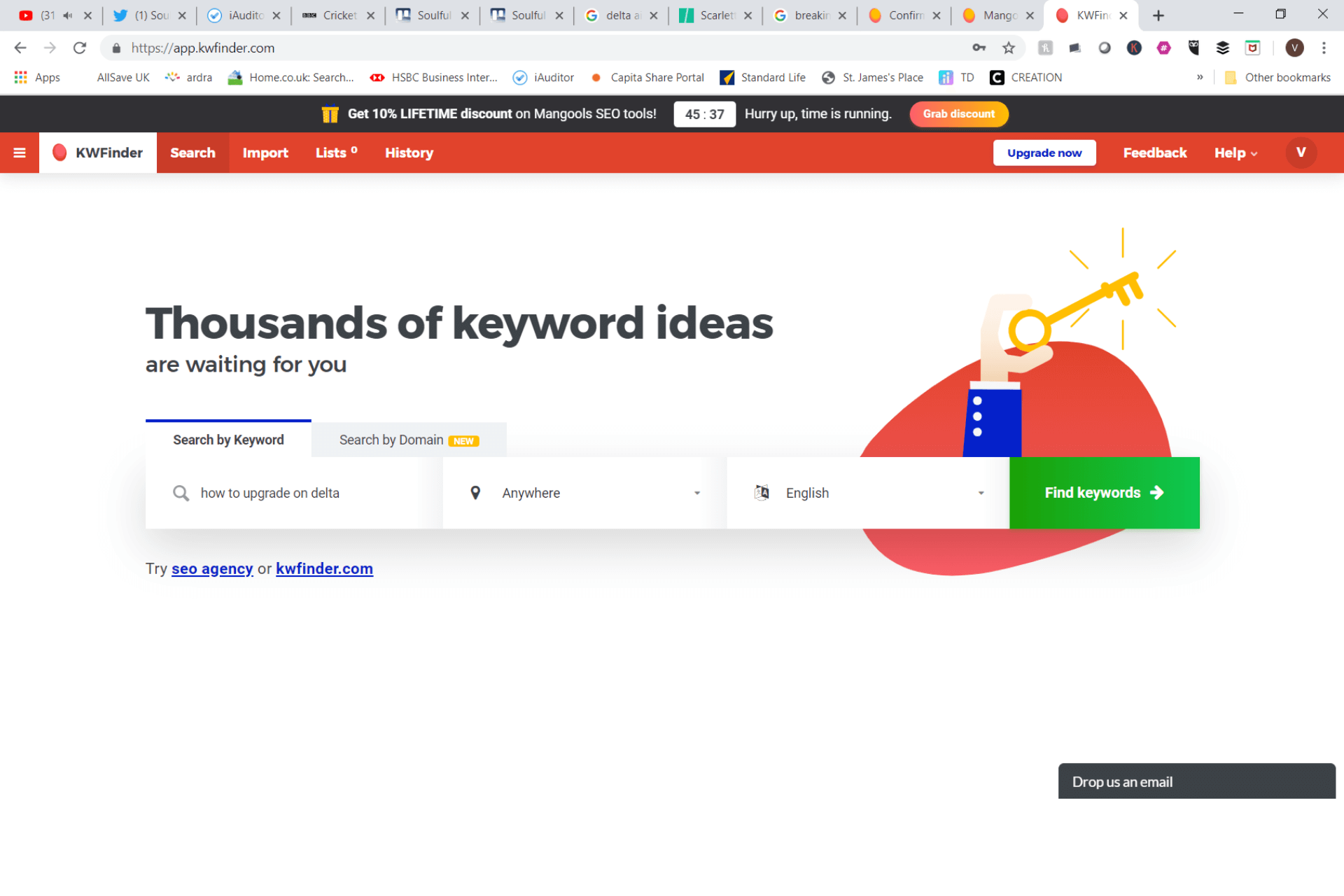
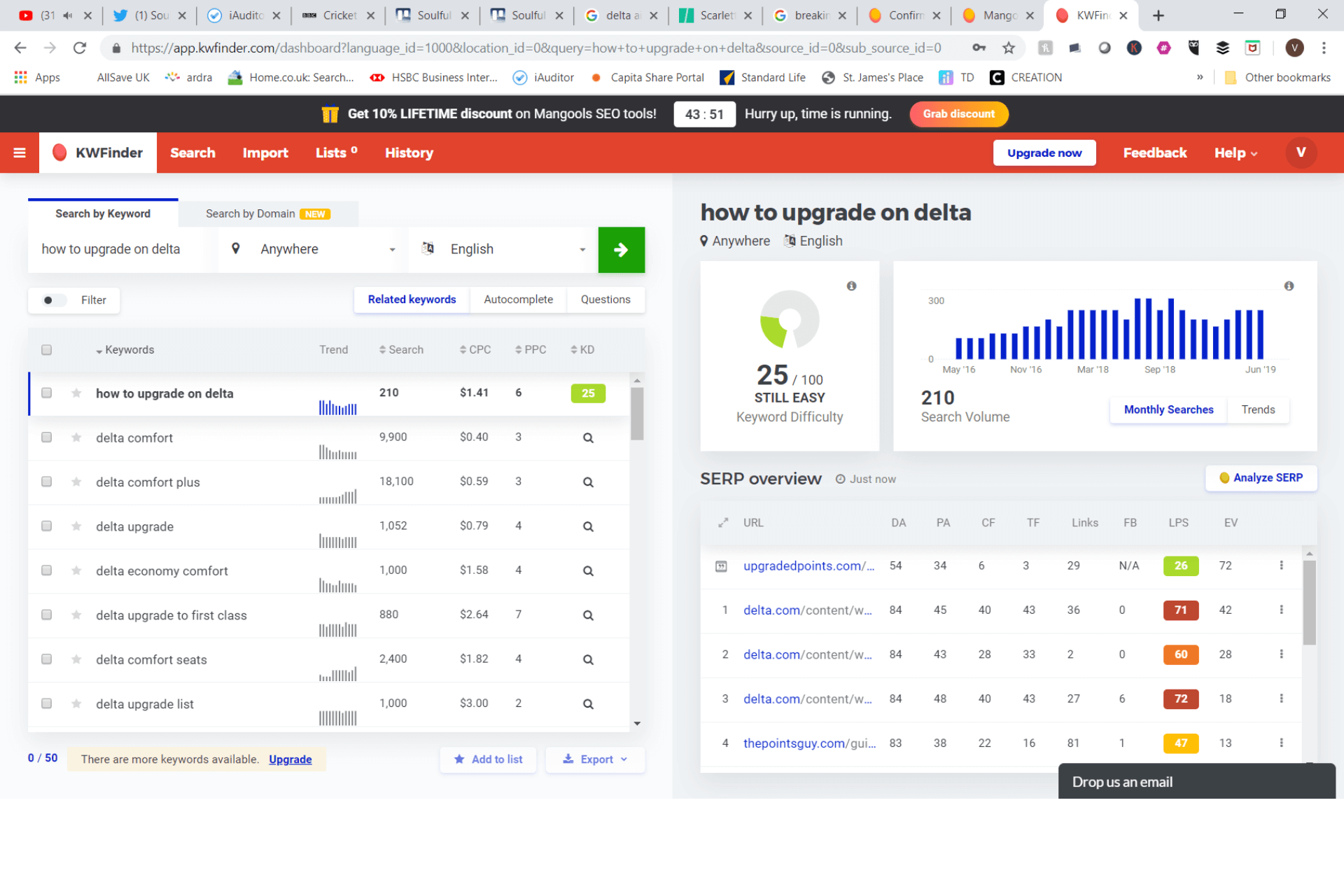
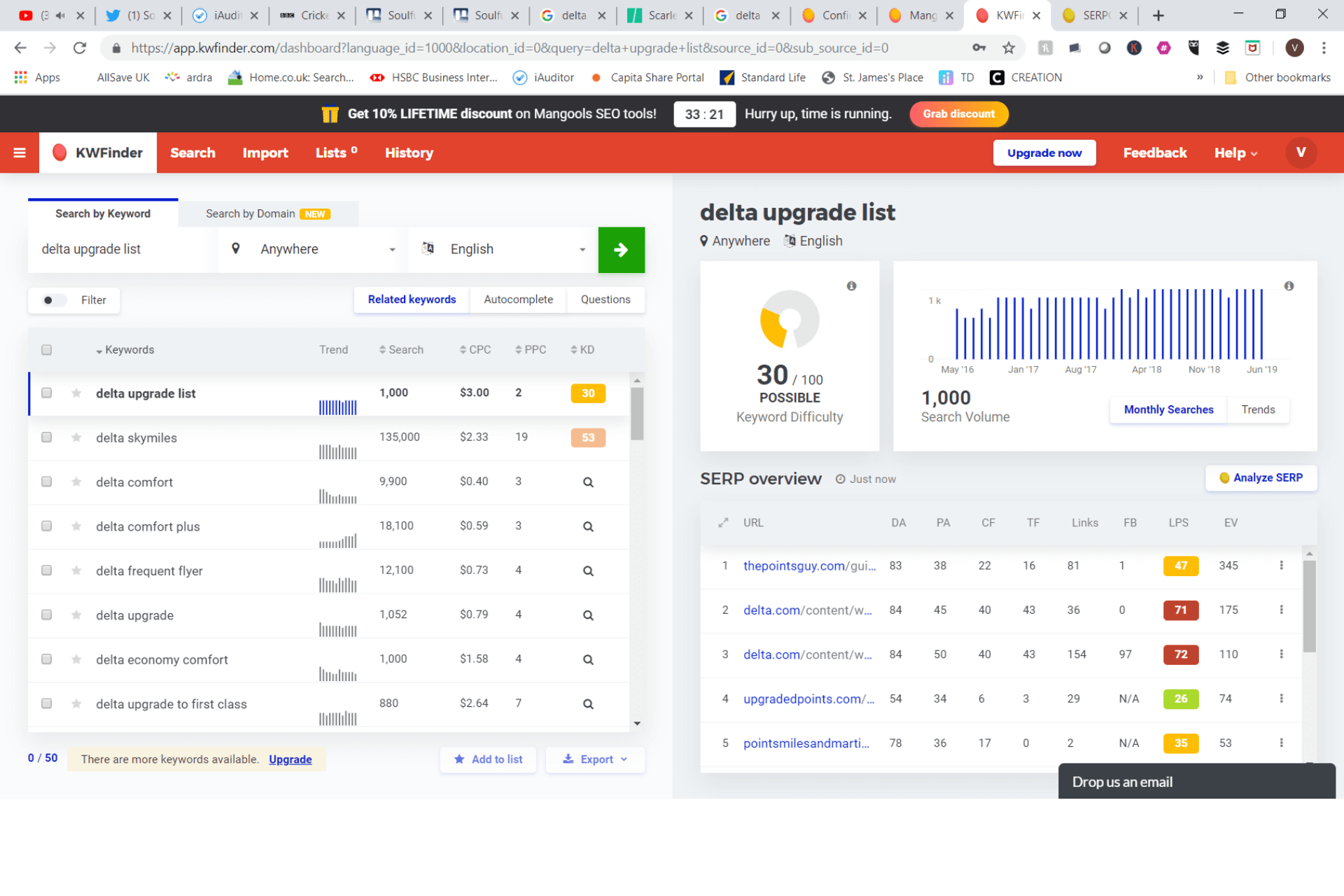


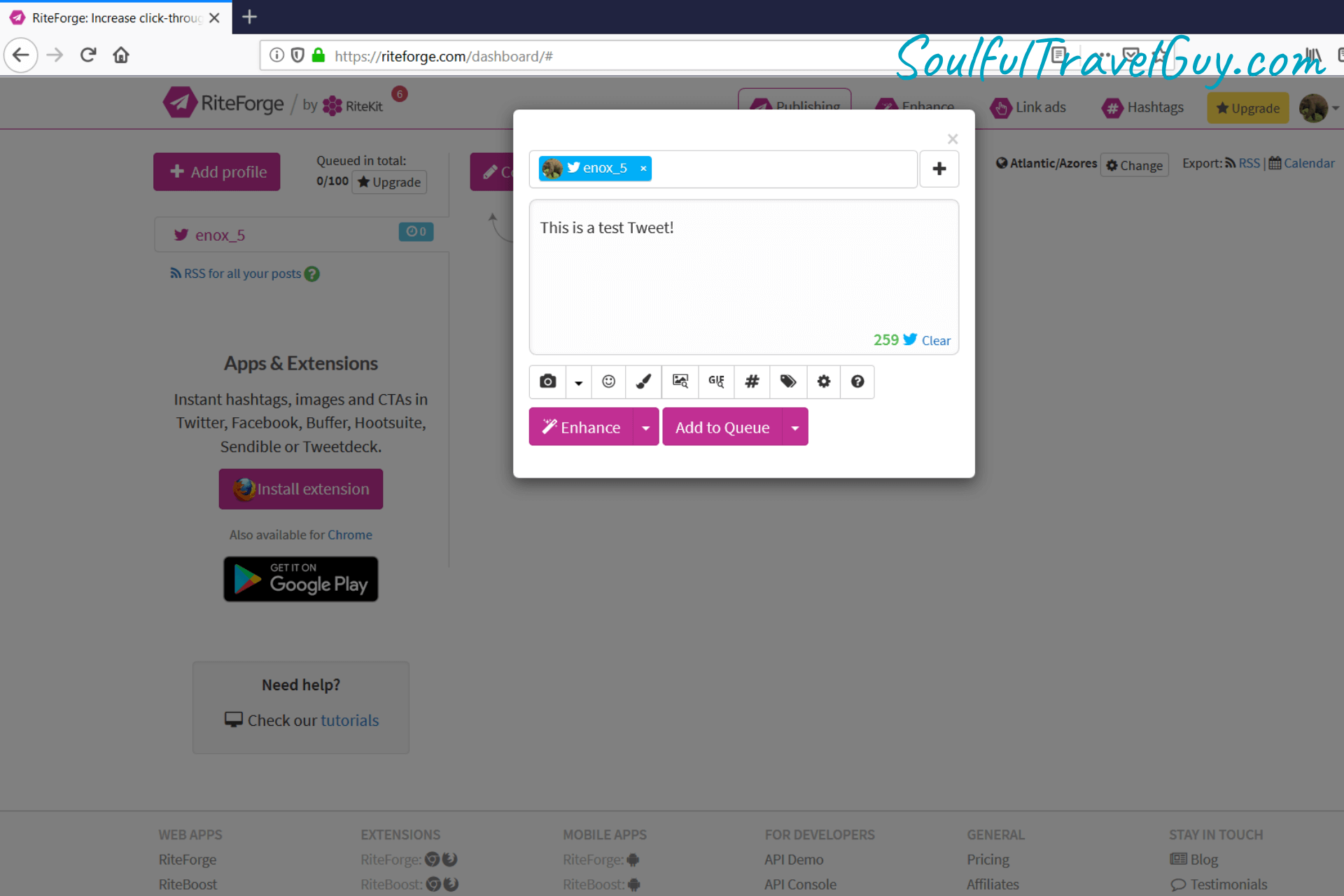
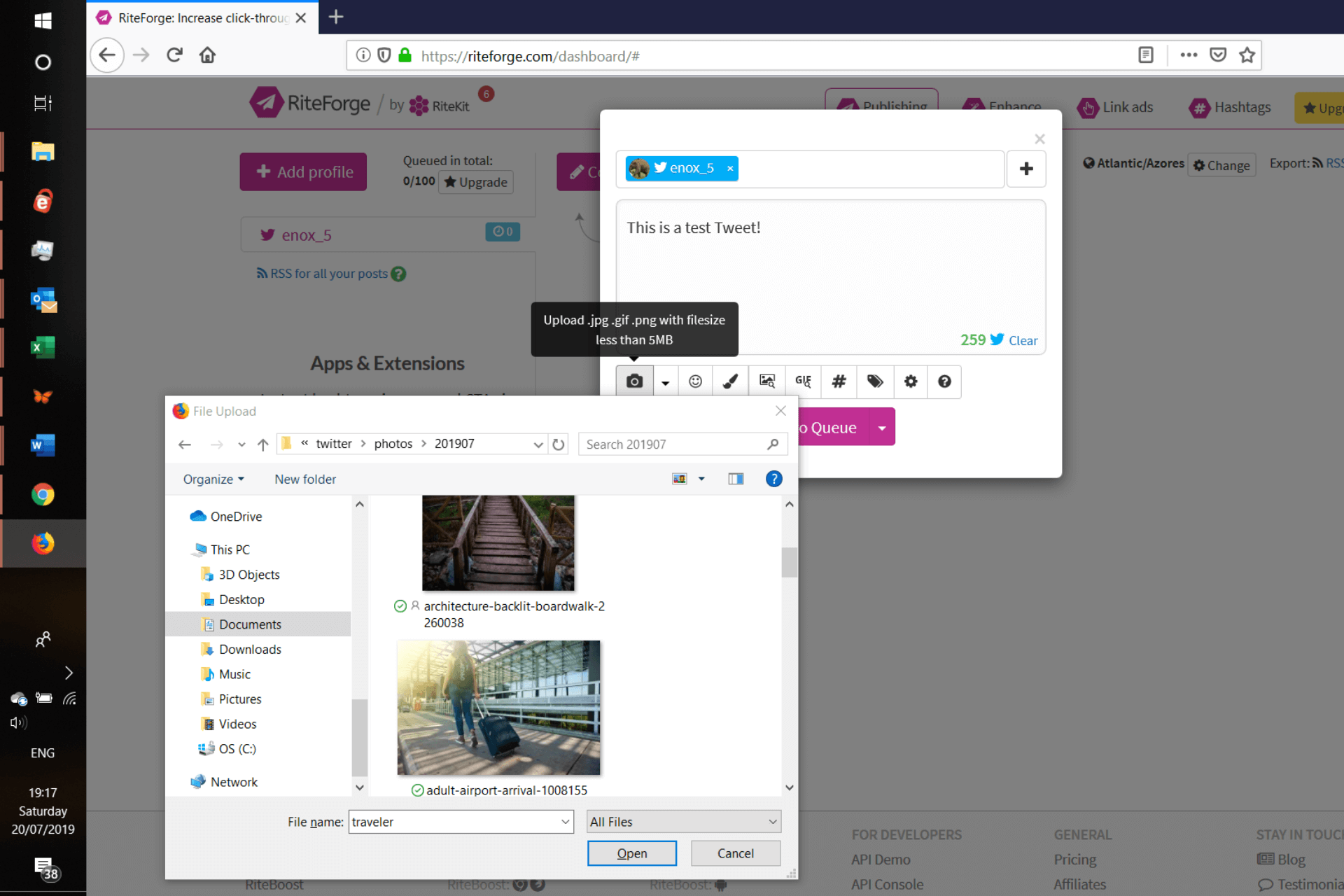

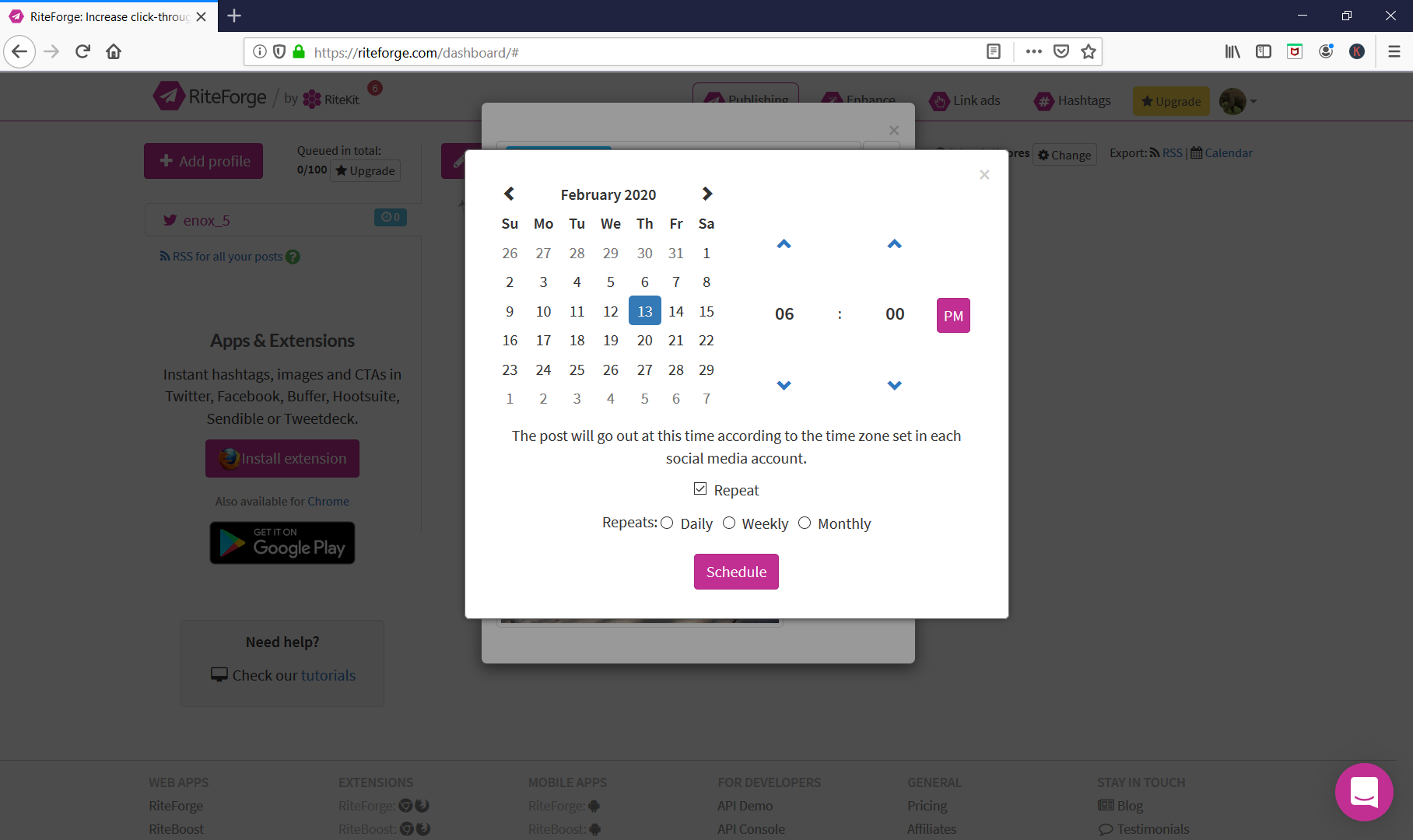
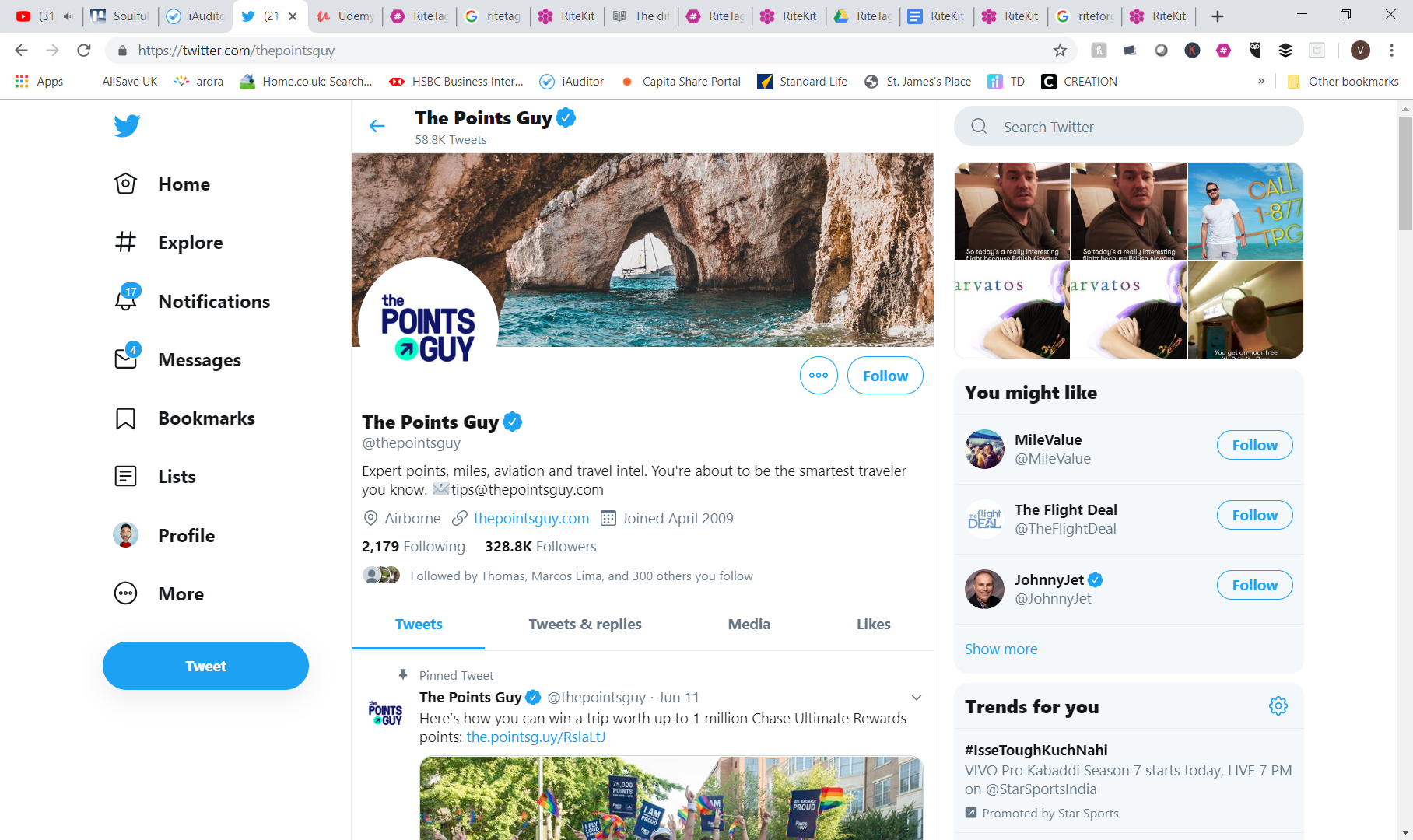
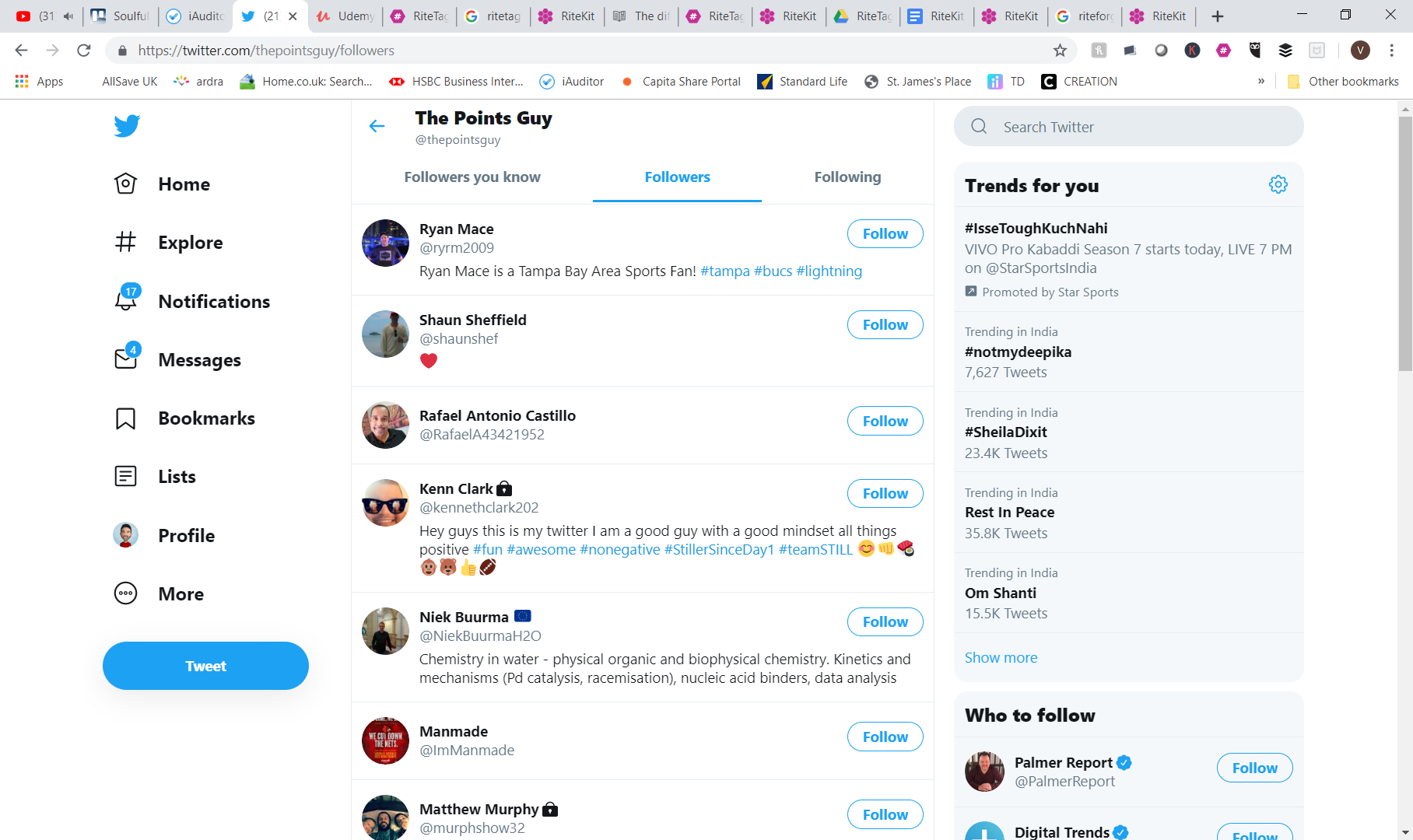
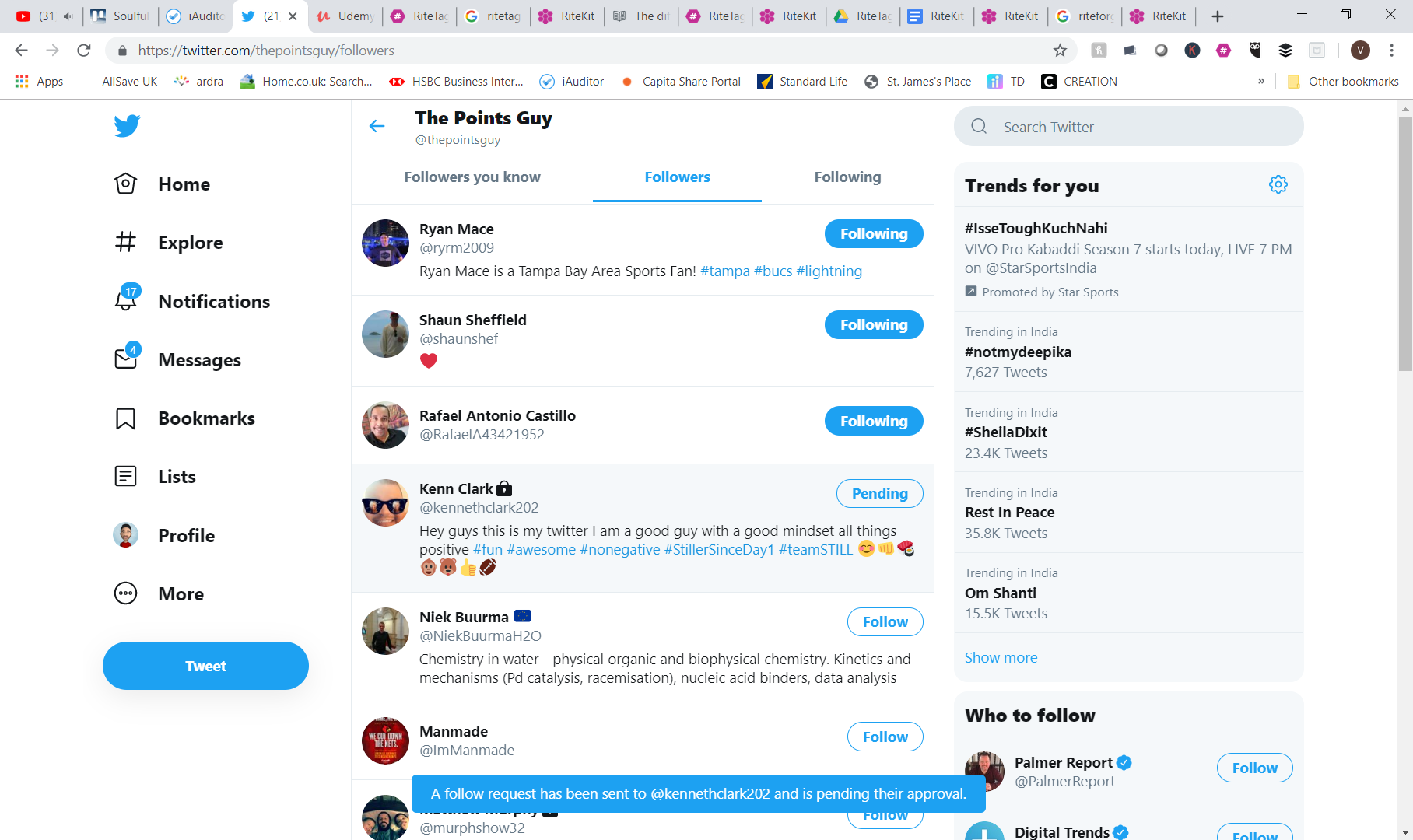

Kory
????????? ??????????? ????? ? ?????? ??????????? ?? ??????????? ?????